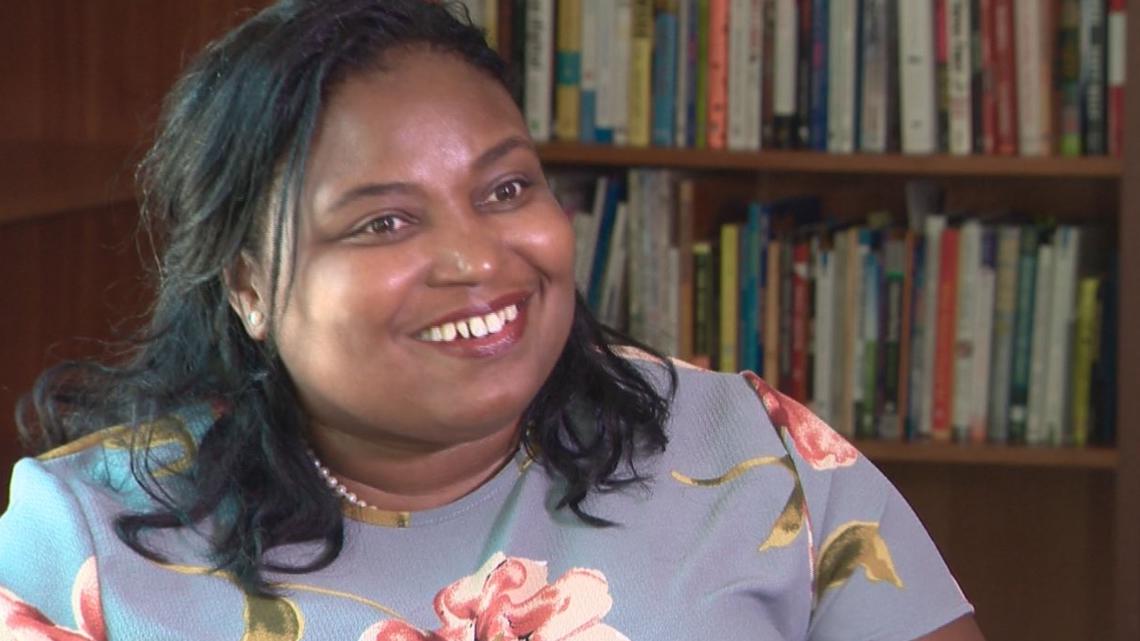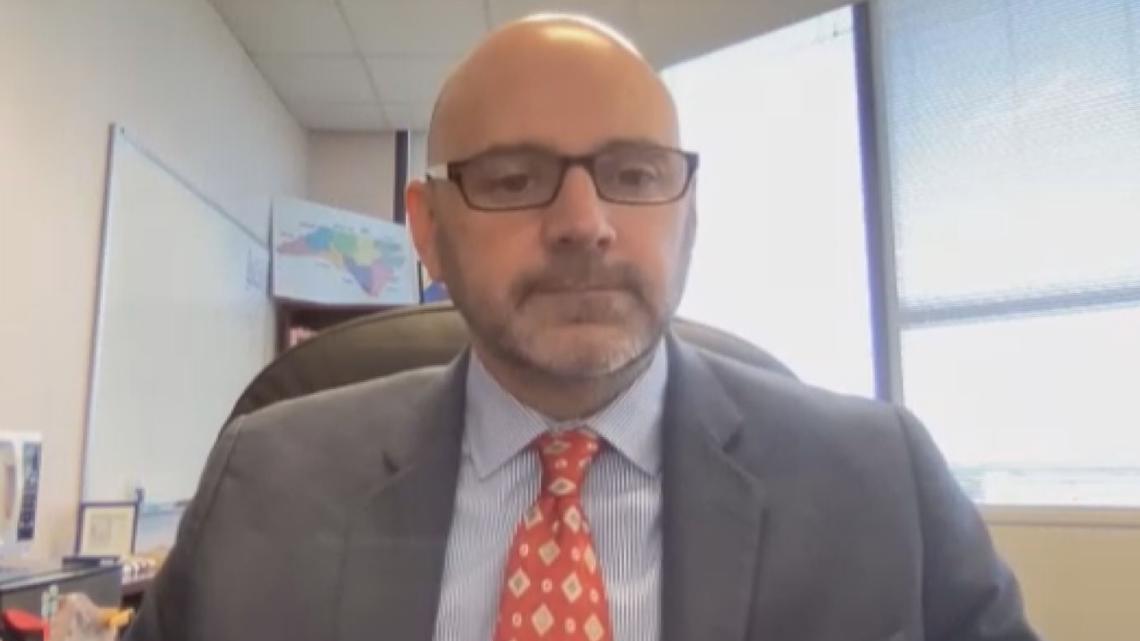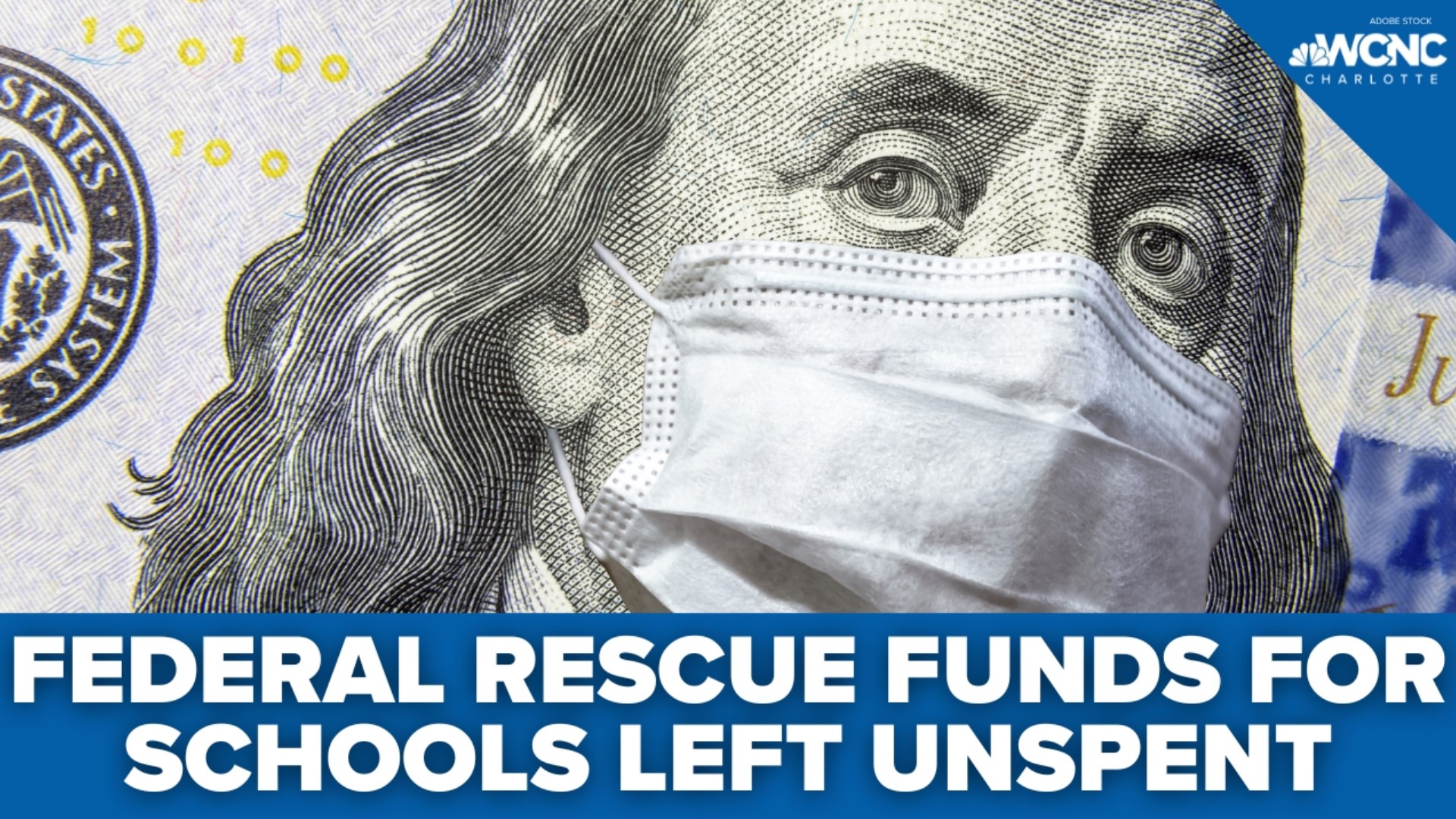ROWAN COUNTY, N.C. — With students and their teachers facing trauma, financial setbacks and learning loss, the federal government committed billions of dollars to rescue school districts during the pandemic, but a WCNC Charlotte analysis found most of that money remains unspent.
In fact, Elementary and Secondary School Emergency Relief (ESSER) data identified almost $6 billion still in the pipeline in North Carolina and South Carolina alone.
Rowan-Salisbury Schools is one of more than 200 districts and charter schools in the Carolinas that still have most of their ESSER funds, according to WCNC Charlotte's data analysis. The district's most recent school board presentation in August identified about $55 million, more than 75% of its total allotment, still unspent.
"I am fortunate enough to work with a team of leaders who are smart, who are thoughtful and who will find ways to help our students, so no, I don't have a fear we won't use it," interim Superintendent April Kuhn told WCNC Charlotte. "We definitely have a plan for our spending."


Each district creates a spending plan for its funding allotment, equitably determined by enrollment, and once the state approves the plan, the money is released, Kuhn said. Districts have to be mindful the COVID-19 funds are not recurring money, which is why Kuhn said there's all the more reason to make smart long-term decisions and not rush into spending all of the dollars.
"We look at a strategy around how do you use the funds in a way that you're not going to meet this funding cliff in a few years," she said.
Records show RSS has spent all of its first round of funding and its plan for rounds two and three call for curriculum and instruction investments, air quality improvements, support staff at the school-level and district office, cleaning and disinfecting and a second round of retention bonuses.
"Being in the trenches, I saw what people endured and I saw, through the challenges, that they still showed up for our students and for our staff and for our community and that's invaluable," Kuhn, fighting back tears, said. "When times are tough, people remember how you treated them. Some people have been willing to stick with us, because they know they're getting an additional bonus in the fall."
Districts and charter schools still have two years to figure out how to spend the majority of their money before it expires.
"There's a lot more going on than maybe people realize," Michael Maher, North Carolina's deputy state superintendent for standards, accountability and research, said. "Ultimately, these funds will be spent. We're not looking at reverting any funds back to the federal government."
Maher said while districts have already spent money on tutoring, summer programs, school meals and more, he is relieved most money remains on the table.
"If we were having a conversation right now where districts have spent 60 or 70% of those recovery funds already, I actually would be more concerned, because they'd be doing that without a real sense of which students need direct intervention," he told WCNC Charlotte.
WCNC Charlotte is always asking "where's the money?" If you need help, reach out to WCNC Charlotte by emailing money@wcnc.com.


Maher said the state only recently met with all school systems and charter schools to deliver learning loss data. He said that guidance is critical since at least 20% of ESSER money must go toward learning recovery.
"If we really want to dig out of this pandemic academically, in addition to student health and well-being and other things, we're looking at months of recovery time," Maher said. "We're looking at four years, it's a four-year process. If we're ever going to bring kids back up to the level they were at, we've got to disrupt the current trajectory and you do that with good interventions and good interventions cost money."
Beyond interventions, Maher said districts have a wide range of ways and flexibility in how they can spend the money, short of building a new school. The only real requirement is justification the projects are in response to COVID-19 or to reduce or prevent its spread.
DPI's spending tracker shows, through June, about 20% of all funds statewide have paid for retention bonuses, while another roughly 20% went toward supplies, materials and computer equipment.
Contact Nate Morabito at nmorabito@wcnc.com and follow him on Facebook, Twitter and Instagram.

